What is ICSI?
Intracytoplasmic Sperm Injection.
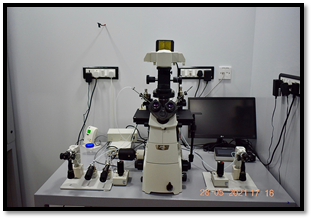
Striking’ sperm-Essential, not just to immobilise sperm but to destabilise sperm membrane.
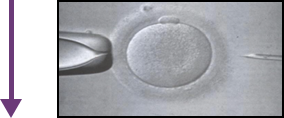
Aligning oocyte-Ensure minimal chance of disrupting spindle
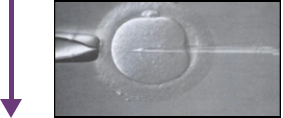
Aligning oocyte-Ensure minimal chance of disrupting spindle

Piercing oocyte-Vital and easy to miss doing, membrane is extremely stretchy, usually breach membrane by aspirating into pipette.
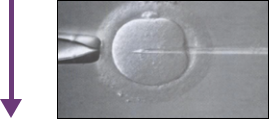
Deposit sperm-Gently expel sperm into cytoplasm, ensuring aspirated cytoplasm is returned.
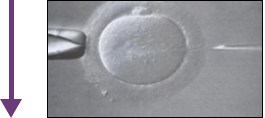
Remove pipette-Gently and smoothly withdraw injection pipette, ensuring sperm remains behind.
CONVENTIONAL IVF & ICSI DIFFERENCE
- 50,000 sperms are placed close to an egg in 60mm dish
- fertilization occurs when sperm penetrate and enters the cytoplasm of an egg.
- Small micropipette is used from injecting the sperm directly into egg.
- Both the procedure fertilization occurs embryos allow to grow in culture dish from day 1 to 5, then transferred to a women’s uterus
Success Rate of ICSI
- Success rate of ICSI varies with every case.
- 70% to 80 % of the eggs get fertilized by ICSI
